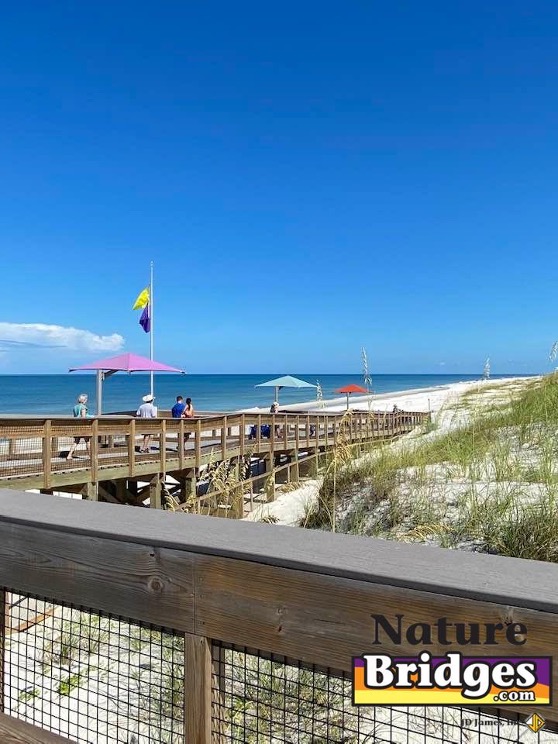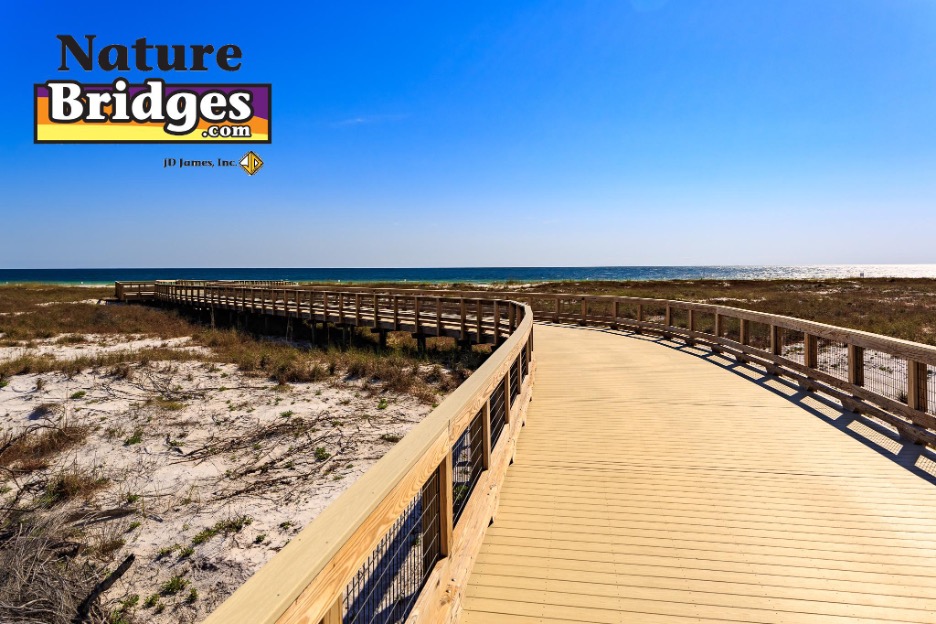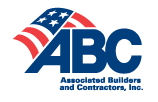
There is more to coastal habitats than their beauty and a way for people to enjoy nature. Mangroves, marshes, coral reefs, and dunes are vital ecosystems that sustain ocean life. They also lessen the impact of climate change by storing carbon, absorbing farm runoff, protecting the shoreline from the effects of storms, and more. However, coastal habitats are in danger from human activities like coastal development, and while they can absorb some of the impact of climate change, that also puts them at risk. Preserving these valuable environments means using a combination of strategies.
Raising Awareness
One of the most important ways that we can work to preserve coastal habitats is by educating the public about the importance of these areas. Using education programs can engage the community, and outreach initiatives can encourage responsible behavior for the habitat’s visitors as well as the community.
When we raise awareness, people are inspired. Through teaching others how important this preservation is, we show them that restoring and rehabilitating coastal habitats contributes to long-term preservation and growth. Invasive species can be removed to allow native plants and animals to thrive. We can implement measures to control erosion, which can stabilize dunes and wetlands. Replanting and protecting native vegetation is another way inspiration can work towards preserving coastal habitats.
Implementing Policy Change
Local communities can collaborate with nonprofit organizations and even government agencies to maintain areas of the coast. Local, state, and national governments can enact legislation and policies for coastal preservation. Proper zoning regulations prevent inappropriate development of sensitive areas like dunes and wetlands. Governments can regulate construction near shorelines and create guidelines for coastal development. Without government intervention, there are no penalties for destroying habitats or financial incentives for conservation.
Building Bridges and Boardwalks

Many people consider construction to be destructive to sensitive areas. Bridges and boardwalks, however, can actually minimize how humans disturb habitats. With an elevated walkway, we avoid direct contact with the ground. This can help avoid destruction of native plant and animal life. These designated paths also help prevent erosion of dunes, stabilizing the soil and maintaining the integrity of the coast.
Boardwalks also provide a corridor for wildlife. When they’re strategically placed, animals can pass through safely, especially in areas like coastal ecosystems. It’s important to study and research the habitats. Scientists study biodiversity, ecosystem dynamics, and research climate change. Long-term monitoring needs stable platforms for observation. Bridges and boardwalks provide access for these researchers without disturbing the habitat.
It’s important to use sustainable construction practices when building in coastal areas, and Nature Bridges is committed to the preservation of all plant and animal life. Our processes, such as top down construction, minimize construction’s negative impacts on the environment while maximizing conservation through the use of bridges and boardwalks. When you’re ready to see how Nature Bridges can help conserve your shoreline or other sensitive ecological area, contact us to get started.


P.O. Box 516
Monticello, FL 32345
Phone: (850) 997-8585 Fax: (850) 385-3493
estimating@naturebridges.com